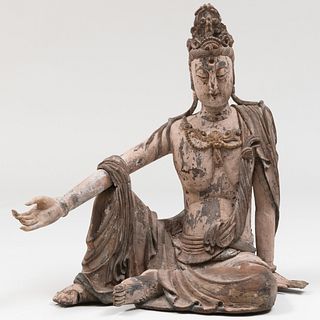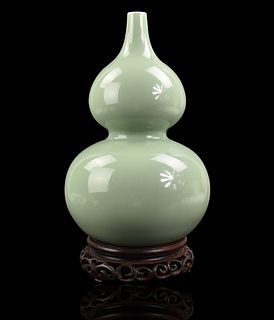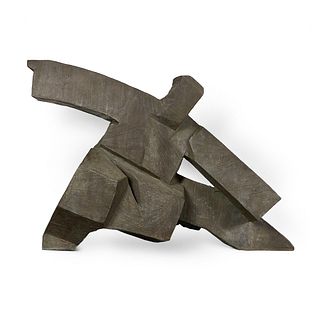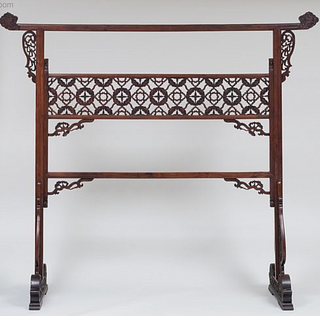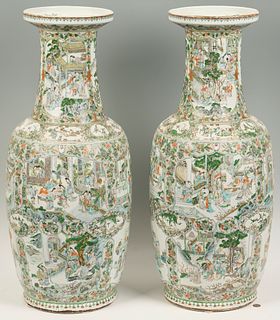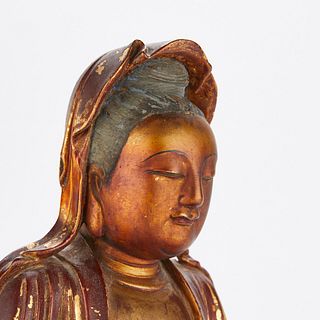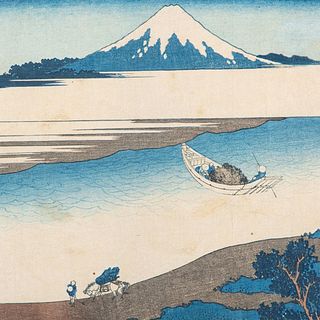Chinese Clothing Stand Valued at $500 Hammers for $830,000 at Stair
- Auction House
- Anthony Wu
- Asian Art
- Asian Works of Art
- Chinese Art
- Chinese Arts
- Decorative Arts
- Stair
- Stair Galleries
- Ming Dynsaty
At the start of summer, a much-anticipated piece of furniture was offered through one of
Bidsquare’s partners. In Stair’s Summer Mid-Week auction on June 22, 2023, an innocuous
Chinese Carved Hardwood Clothing Stand (lot 571) went up for sale with an estimate of $500-
$700.
Using the mortise and tenon technique, the stand was deceptively simple in its construction.
Two vertical posts jutting from foot bases support four horizontal beams. The central beams
contain a lattice design of Chinese lingzhi 靈芝 longevity fungus heads and lily florals (image 2).
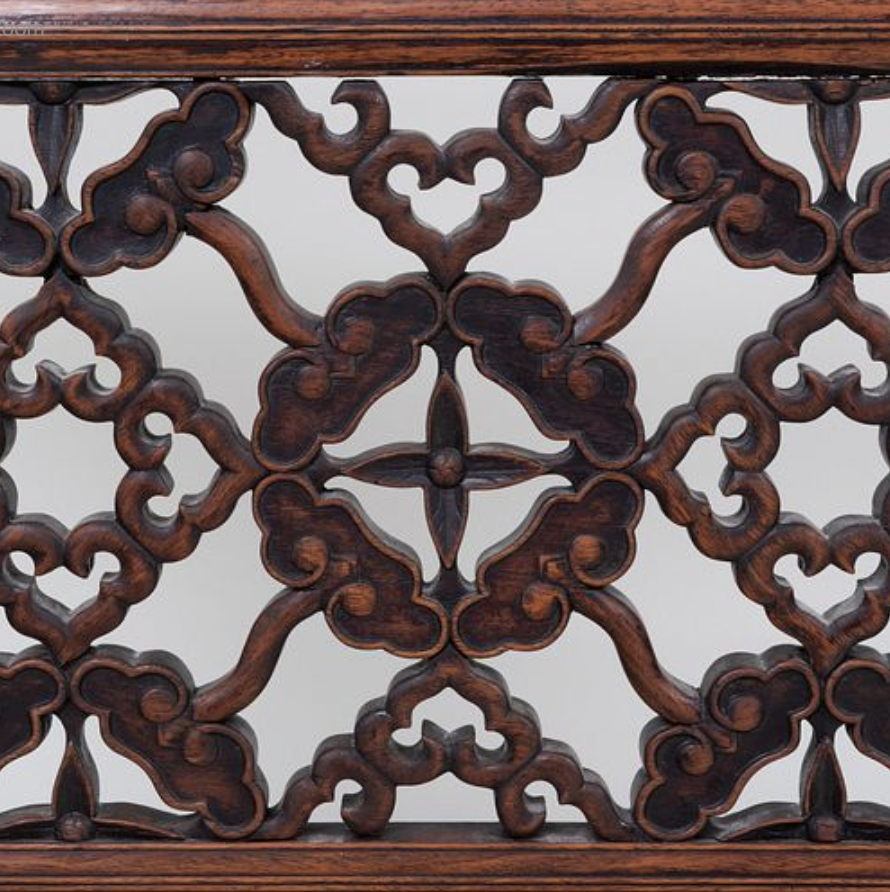
The terminals of the top rail contain a well-carved scene of a phoenix amongst scrolling clouds
(image 3). Each of these beams are additionally supported by delicate spandrels also containing
the longevity fungus motif.
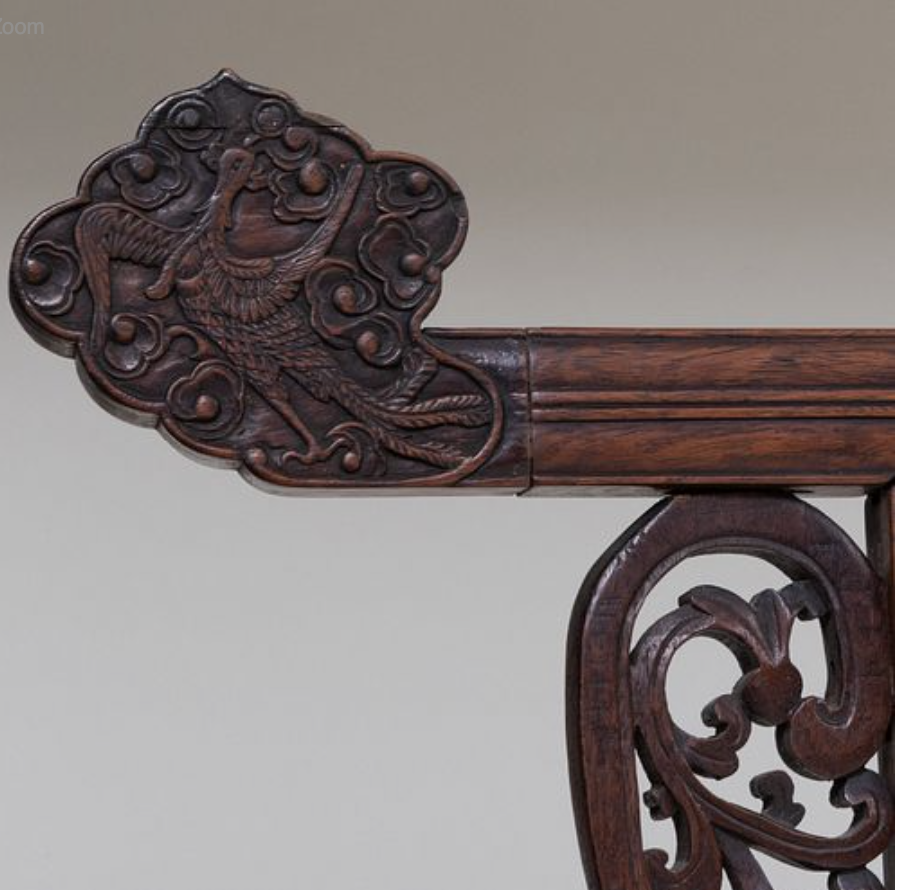
Even with its simple title of ‘Chinese Carved Hardwood Clothing Stand’, the lot yielded an
incredible 188 bids and a final hammer price of $830,000!
So why exactly did this Chinese clothing stand sell for over 1,600 times its low estimate? The
answer lies in both the rarity of the hardwood used and its dating.
When examining the graining of the wood, the sections appear to be constructed of the rare
huanghuali 黃花梨 hardwood. Literally translating to ‘yellow pear wood’, this type of tropical
rosewood grew on China’s southern Hainan Island. It is extremely slow-growing but was a
popular material for Chinese domestic furniture since the late Ming Dynasty (1368-1644).
Huanghuali featured a beautiful graining that when aged, has a fine golden-honey tone to it.
The graining also seems to float within the wood. Due to its lengthy maturation, this type of
wood took decades to grow, harvest and cure.
Consequently, furniture constructed from huanghuali (including cabinets, beds, chairs, chests,
stools and clothing racks) were extremely expensive and sought-after by members of the
Imperial and official classes. But because of its high demand, the late Qing Dynasty (1644-1911)
saw huanghuali wood become extinct on Hainan Island.
This clothing stand itself is a popular item that was essential to a Chinese household. Called a
yijia 衣架, it would have been a common feature in any bedroom. Chinese homes did not
contain a closet, so all clothing had to be stored in a cabinet, a chest, or left hanging on a
clothing rack.
Like a Chinese bed, these clothing racks were typically part of dowry. Based on the feminine
phoenix designs of the top rail and the exclusivity of the huanghuali material, this yijia was
made for a woman of high rank. And when examining the style and quality of the carving and
structure, the stand was constructed during the 17th to 18th Century.
Very few surviving examples of huanghuali clothing stands still exist today with the majority of
them belonging in museum collections like the Metropolitan Museum of Art in New York, or the
Museum of Fine Arts in Boston. There are even fewer examples in private hands.
As a result, it is no surprise that such a choice clothing stand made of precious huanghuali wood
and dated to over 250 years, yielded such a tremendous auction result.
Main Image:
Lot 571, Chinese Carved Hardwood Clothing Stand, Stair
Image 2:
Detail of lattice pattern of florals and longevity fungus
Image 3:
Detail of phoenix and clouds
- Preview the December Doyle+Design Auction: A Celebration of Modern & Contemporary Mastery
- Billings Winter Design 2025: A Celebration of Modern Mastery Across Eras
- The Ultimate Holiday Gift Guide: Luxe Finds From Bidsquare’s Finest Auctions
- Fine & Antique Jewelry Sale: A Curated Journey Through Craftsmanship & Design
- Upcoming Auction Spotlight: Doyle’s Fine Art: 19th Century & Early Modernism
- Entertain with Style This Holiday Season: Highlights from Doyle’s December 8 Auction
- Six Standout Lots from Newel’s Fine Jewelry, Timepieces & Luxury Handbags Sale
- Artist Spotlight: Roy Lichtenstein, Pop Art’s Master of Bold Lines & Bigger Ideas
- Discover the Warmth of Pennsylvania Impressionism: Nye & Co.’s Dec. 3 Auction Features the Collection of Nancy & Robert Stein
- Inspired by Cape Cod: The Artists Who Paint Its Light, History, and Character



 EUR
EUR CAD
CAD AUD
AUD GBP
GBP MXN
MXN HKD
HKD CNY
CNY MYR
MYR SEK
SEK SGD
SGD CHF
CHF THB
THB
